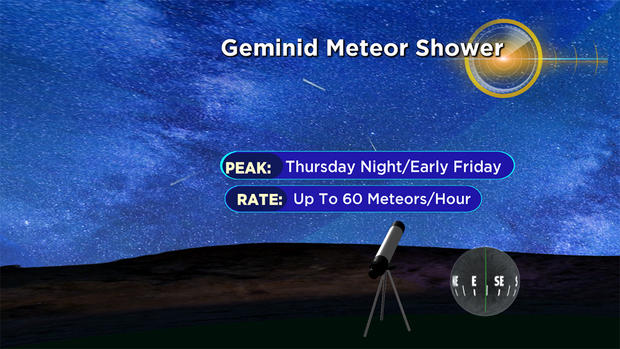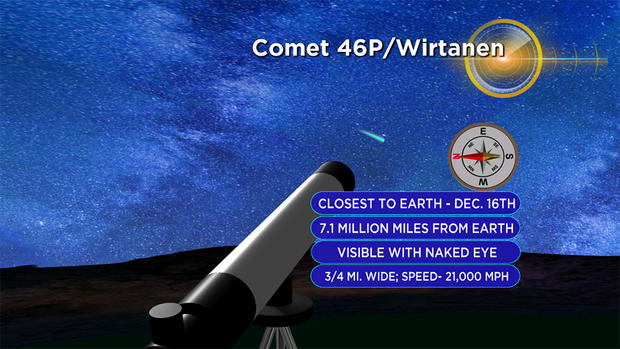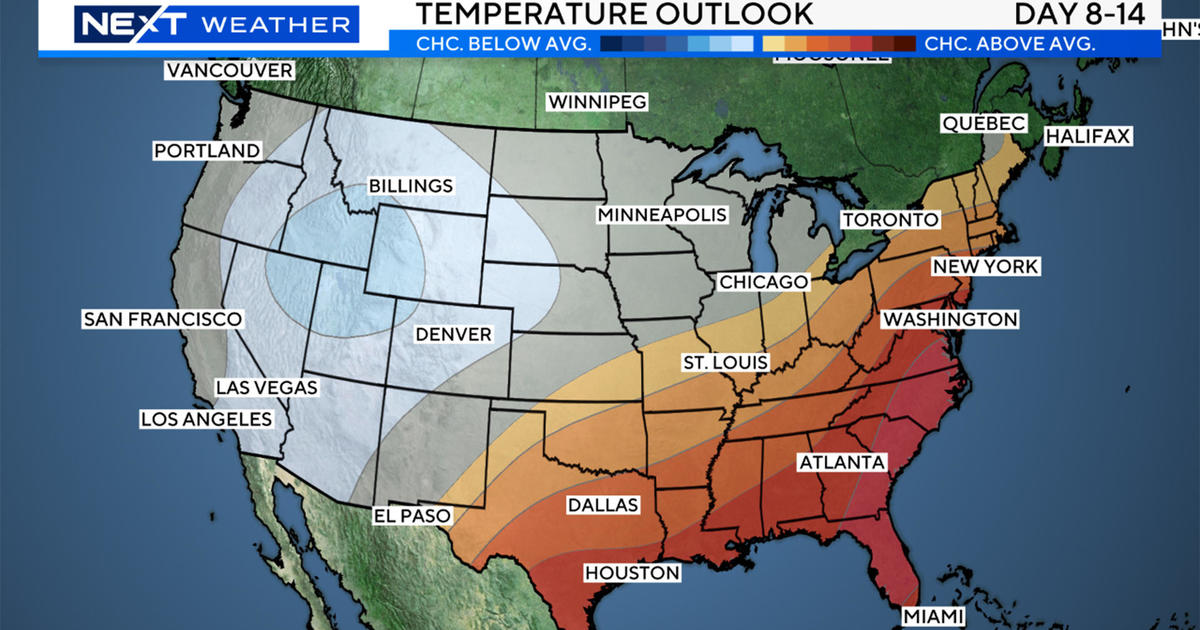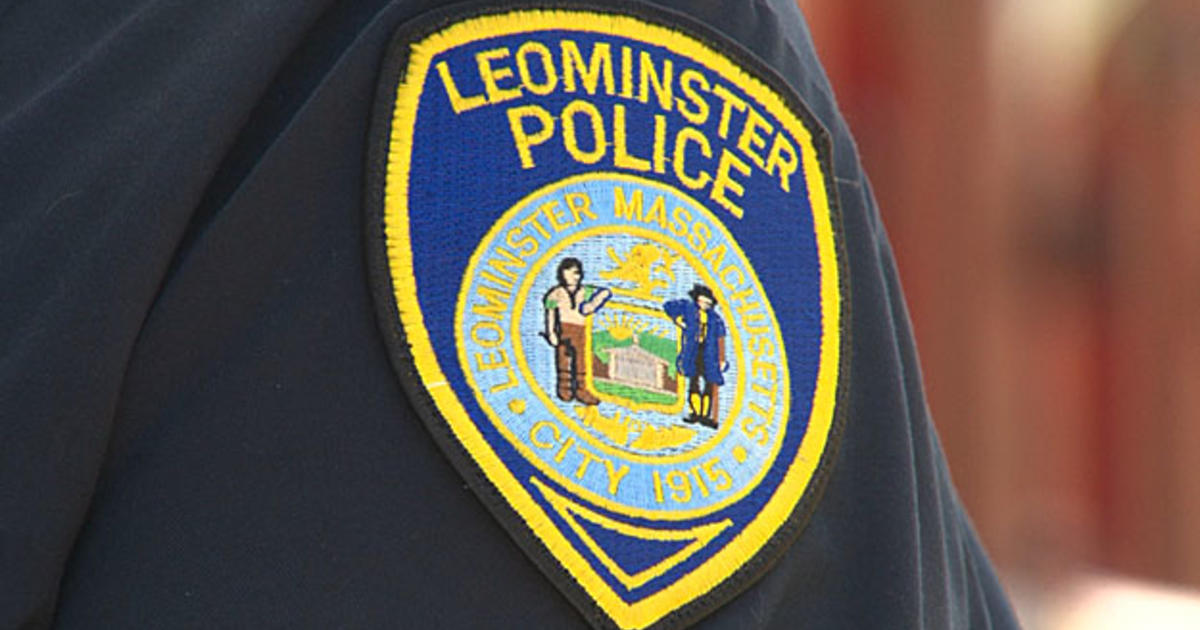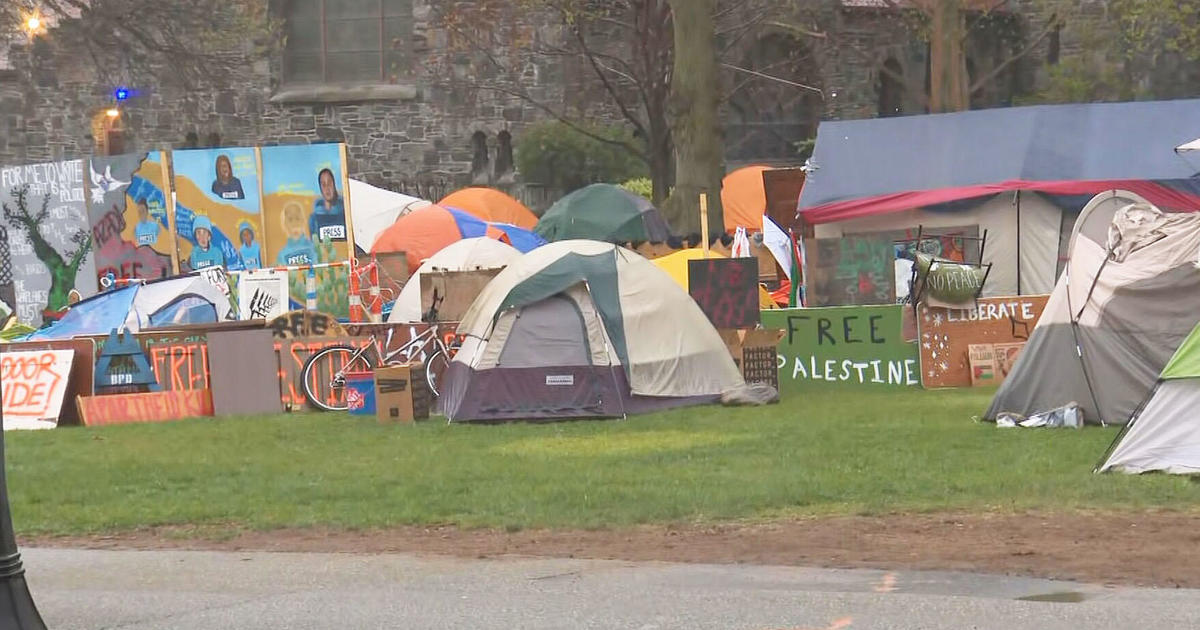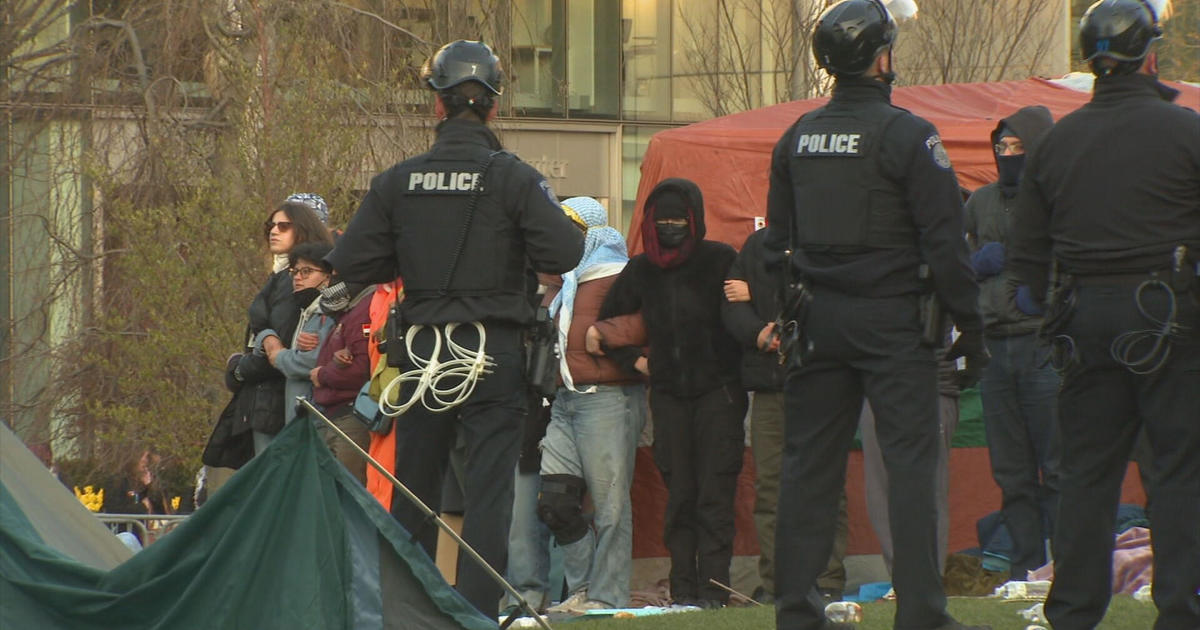Geminid Meteor Shower Could Be Best Meteor Shower Of The Year
BOSTON (CBS) -- The weather may be quiet but the skies are bustling with activity. Earlier this week there was an International Space Station flyby, and now there are meteors and a comet to look forward to. Clouds, however, could be the enemy for at least one of the shows.
Geminid Meteor Shower
WHEN: Peaks Thursday night and early Friday (pre-dawn). Ideal time from midnight through 4 a.m. Friday.
WHERE: Lie back and look up! Preferably with a clear view of the sky and very little light pollution. . . you may want to face south, toward the constellation Gemini.
FORECAST: Here lies the fly in the ointment. We have a weak storm system passing to our southwest today which will make skies mainly cloudy. Tonight it will be a battle between some lingering low level moisture and high pressure sitting to our east trying to clear things out. I think the best chance of some clearing will be across eastern MA and lowest visibility across western MA.
RATING: 5 Stars *****
MORE DETAILS: This has the potential to be the best meteor shower of the year! The moon will set around 10:30 pm, leaving the sky nice and dark. By 2 a.m. on Friday the constellation Gemini will be almost directly overhead and predictions are for as many as 60-120 meteors per hour! The Geminids are also slower and denser than many of the other meteor showers, meaning perhaps a longer streak across the sky.
Comet 46P/Wirtanen
WHEN: Closest to Earth on December 16th, but dimly visible already (best viewed with binoculars or telescope).
WHERE: Looking to the east, to the right of constellations Orion and Taurus.
FORECAST: Lots of clouds in the forecast Friday and early Saturday (rain as well). . . there may be a better opportunity later in the weekend.
RATING: 4 Stars ****
MORE DETAILS: This is the closest pass by a comet to the Earth this year and the 10th closest approach since 1950 (getting as close as about 7 million miles). In order to see with the naked eye, you will need to view in an area with very little or no light pollution, again best with binoculars or telescope. It will continue to be within viewing range through the end of the month.
